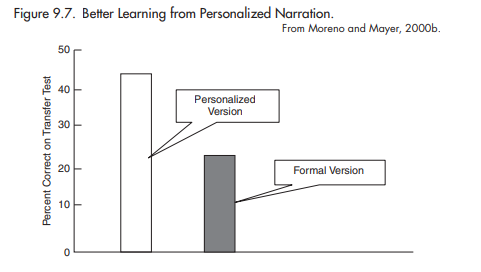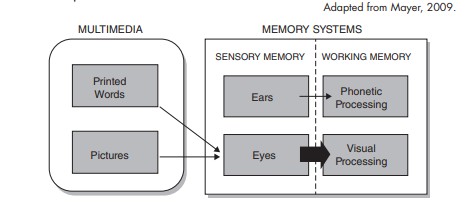Worked Examples: Do they work?

Worked Examples: Do They Work? What you are about to read is a blog post about a topic called "Worked Examples" defined by Clark and Mayer in their text "e-learning and the Science of Instruction." A worked example as defined by Clark and Mayer in their text "e-learning and the Science of Instruction" on page 242, is a step by step demonstration of how to perform a task or solve a problem." I have taken this concept and created a resource for Music Educators on how to teach students to begin improvising on their instruments. At the bottom of this page you will find a link to the project itself. I begin the video by saying that my intended audience is not students! This is for music educators in the field who have a strong music theory background. On page 244 of the Clark and Mayer, the Data shown explains the fact that students that had worked examples in practice pairs completed the given task much faster! In...


